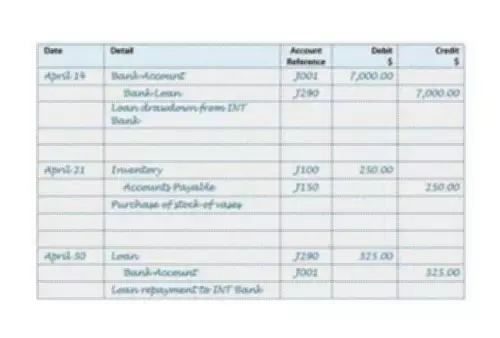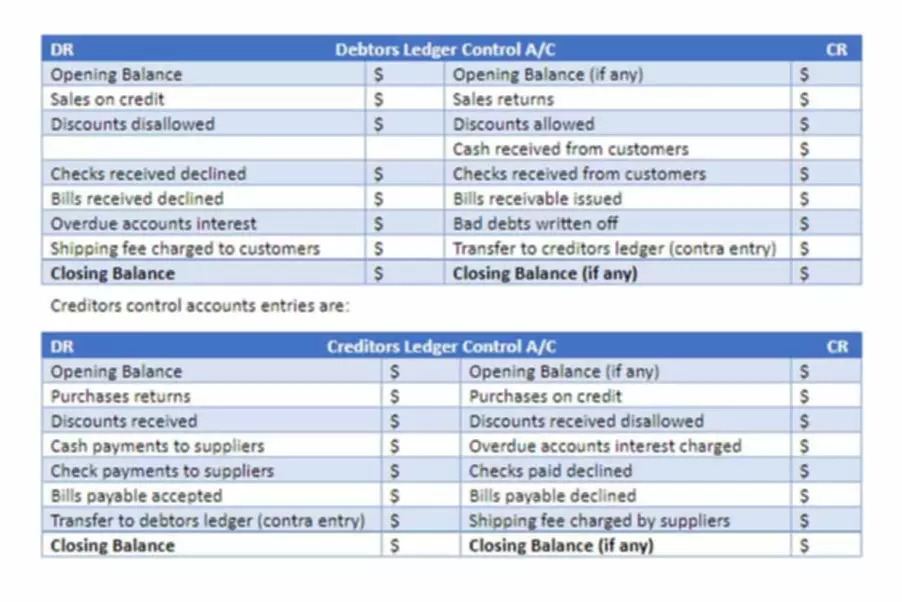Content

By utilizing turnover strategies, you can also anticipate order demand with increased accuracy and be ahead of schedule. The cost of goods sold formula is how companies can determine their net profits. When total waste decreases due to proper inventory management techniques, the cost of goods sold decreases resulting in increased profits. It provides automatic updates on what products a company sells and what’s left in inventory. Many foods have sensitive and short shelf lives, so it’s crucial to determine turnover.
You can determine what items should be replenished more often and which aren’t a priority. The hospitality industry business benefits from tracking their inventory in numerous ways. It’s also beneficial for those that are just getting into opening a business.
What is Inventory Turnover? Formula and Example to Calculate Ratio.
Another insight provided by the inventory turnover ratio is that if inventory is turning over slowly, then the warehousing cost attributable to each unit will be higher. Inventory turnover ratios are used in several ways to improve inventory management, pricing strategies, supply chain execution and sales and marketing, among other company success factors. Average inventory turnover ratios will depend on the type of business, industry, and product. For example, an average turnover ratio for a retail company may be around eight, while a car dealership is around 12.

Use an MRP system to collect and analyze data regarding your inventory – about what sells and what does not. This data will allow you to better predict and understand customer trends, develop a better procurement strategy, identify stock that has become obsolete, and increase inventory turns. Inventory turnover ratio is the number of times a company depletes and replaces its inventory through sales during an accounting period. The inventory turnover ratio helps in determining how much stock you should keep for running your business smoothly. Smart inventory and demand planning capabilities is a great way to reduce the risk of ending up with dead stock that you can’t shift. Brightpearl will use your historical performance data to put your money into the most profitable products and replenish the right inventory, in the right quantities, at the right time.
How Do You Manage Food Inventory?
Based on sales velocity data, the inventory optimization software recommends when and how many units of a product to order. Additionally, keep a close eye on old stock and implement a firm first-in-first-out sale strategy. If you get stuck with some slow-moving stock, offer discounts and promotions to move it out quickly and get your inventory turnover back to normal. In addition to inventory turnover, COGS is also popularly used to calculate gross and net income. Gross income is gross revenue without COGS, while net income is gross revenue without COGS and expenses. For example, if your opening stock value is $100,000, and the closing value is $150,000, your average inventory is $125,000.
What means turnover?
Turnover is the total sales made by a business in a certain period. It's sometimes referred to as 'gross revenue' or 'income'. This is different to profit, which is a measure of earnings. It's an important measure of your business's performance.
Inventory turnover measures how many times you sell through and replace inventory in a specific period. It measures how much stock you sell in a given period , as a percentage. This measurement also shows investors how liquid a company’s inventory is. Inventory is one of the biggest assets a retailer reports on itsbalance sheet. If this inventory can’t be sold, it is worthless to the company. This measurement shows how easily a company can turn its inventory into cash. An item whose inventory is sold once a year has higher holding cost than one that turns over twice, or three times, or more in that time.
How Inventory Turnover Ratio Works
Having a lot of cash tied up in inventory is bad for the company. If you’re in this position, you may need to convert the inventory into sales and free up some working capital. Income ratio is a metric used to measure the ability of a technology to recover the investment costs through savings achieved from customer utility bill cost reduction. The ratio divides the “savings” by the “investment”; an SIR score above 1 indicates that a household can recover the investment. If a company’s inventory has an abnormally high turnover, it could also be a sign that management is ordering inadequate inventory as opposed to managing inventory well.

Accounting policies, rapid changes in costs, and seasonal factors may distort inventory turnover comparisons. Many companies get so caught up in increasing revenue that they compromise profits. If the time for a single SKU to turn over is too long, then it’s draining your resources, even if it eventually sells. Above all, to improve inventory turn, you want to stock what sells. Ecommerce has made it easy to compare prices from multiple sellers, and shoppers take advantage of that opportunity before they buy.
Ideal Inventory Turnover Ratio
The key is to find out what the standard ratio is for your industry so that you can compare your ratio to similar businesses. In accounting, the inventory turnover is a measure of the number of times inventory is sold or used in https://www.bookstime.com/ a time period such as a year. It is calculated to see if a business has an excessive inventory in comparison to its sales level. The equation for inventory turnover equals the cost of goods sold divided by the average inventory.

It may mean your company isn’t purchasing enough inventory to support the rate of sales. Or, you may not be realizing inventory turnover ratio formula as much profit as you could — see if inching up pricing stabilizes the ratio while also improving your unit margins.
For example, the notion of COGS is a fairly ambiguous notion when suppliers offer price breaks, or when purchasing commodities are subject to ever changing market prices. Conversely, profits may be negatively impacted by returns, recalls, or promotions which, on the contrary, tend to optically improve turns. Most enterprise software fails to deliver the proper level of detail when it comes to turns’ KPIs, forcing teams to fall back on spreadsheets to get “proper” measurements. Panelists and compilers of industry data frequently use net sales as the numerator in the inventory turnover equation.
